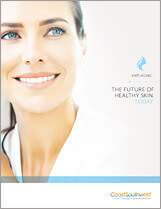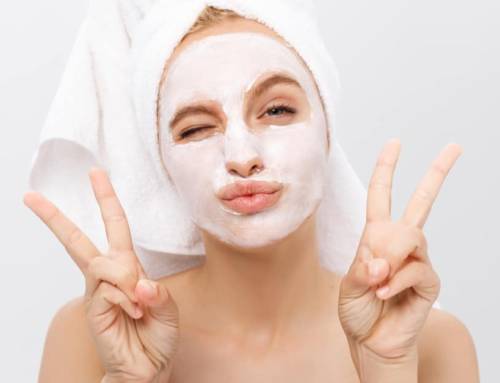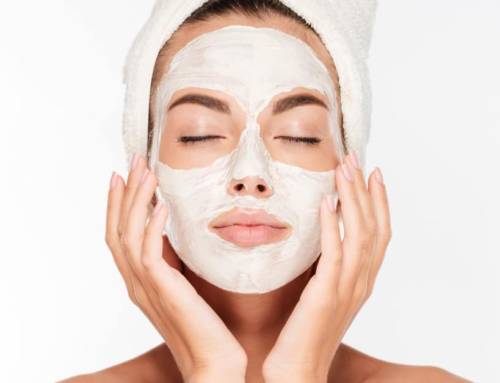More Cosmetics Industry Regulation Ahead? 2019 Could Bring Big Changes

Is there new cosmetic industry regulation ahead? Recents events point to signs that the industry could come under more stringent regulation in the coming years…
On Tuesday, March 12, 2019 The U.S. House of Representatives’ Subcommittee on Economic and Consumer Policy met for the first time this year to hold a hearing on the Public Health Risks of Carcinogens in Consumer Products. Specifically, the committee met to discuss the scientific evidence of health risks from long-term use of consumer products containing talc.
Additionally, the Committee discussed if the Food and Drug Administration should be granted more authority for mandating the safety recalls of cosmetic products, as the FDA currently has no authority to compel companies to issue recalls.
“Consumers use these products trusting they are safe and will not cause harm to themselves or their loved ones. Today’s hearing was just our first step in protecting consumers from potentially hazardous or carcinogenic products,” said Subcommittee Chairman Raja Krishnamoorthi, Democrat-Illinois.
Responding to recent cosmetics safety scares
The timing of the most recent Subcommittee on Economic and Consumer Policy also followed a series of events involving the safety of cosmetic products.
Recently, Johnson & Johnson has come under fire for claims that the company hid information that some of the talc used in their baby powder formulations were contaminated with asbestos, a known carcinogen. Talc, frequently used in a variety of cosmetic formulations and products, is mined from the earth and can become contaminated with asbestos during the mining process. In a similar vein, the company is also in trouble, as over 11,000 lawsuits have been brought against Johnson & Johnson in the past few years, by women claiming their baby powder usage was linked to their ovarian cancer and mesothelioma.
The third safety incident spurring the meeting came on March 5, 2019, when the FDA confirmed makeup product samples from the kid/tween retailers Claire’s and Justice also contained asbestos. Following the findings, the FDA issued a statement imploring cosmetic companies to “voluntarily register their products and list ingredients, including talc, used in their products via the FDA’s Voluntary Cosmetic Registration Program.”
Currently, The Food and Drug Administration does has the authority to require warning labels for potentially hazardous products. However, the FDA has yet has to use that authority to warn about the potential dangers of asbestos-contaminated talc.
In addition to the Congressional members, three key witnesses also spoke at the meeting on Tuesday:
- Scott Faber, Vice President of Government Affairs at the Environmental Working Group
- Dr. Anne McTiernan, of the Fred Hutchinson Cancer Research Center
- Marvin Salter, the Son of Deceased Ovarian Cancer Patient
Bipartisan interest in more regulation?
Tuesday’s meeting also sparked media interest, as the issues raised seem to garner support and raise concern from both sides of the aisle.
“I think there’s actually high bipartisan interest in this. Although some members on the other side expressed concern about how regulations might be fashioned to deal with the issues at hand, I did not hear anyone either defend the practices the industry is currently engaged in or say regulation is inappropriate in this particular case,” said Chairman Rep. Krishnamoorthi, in an interview with Vox.
Rep. Krishnamoorthi also detailed his proposed next steps for the Subcommittee:

With increased concern over the Claire’s and Justice contaminated product findings, and the continued saga of the Johnson & Johnson talc, an increased eye on the regulation of the cosmetic industry and the authority of the FDA is sure to be a hot topic in the coming months – and potentially bring about massive industry change. There will obviously be a great deal of debate, one hopes, about whether or not it’s absolutely warranted.
For video of the meeting and a full recap of The U.S. House of Representatives’ Subcommittee on Economic and Consumer Policy meeting on March 12, 2019, please click here.






